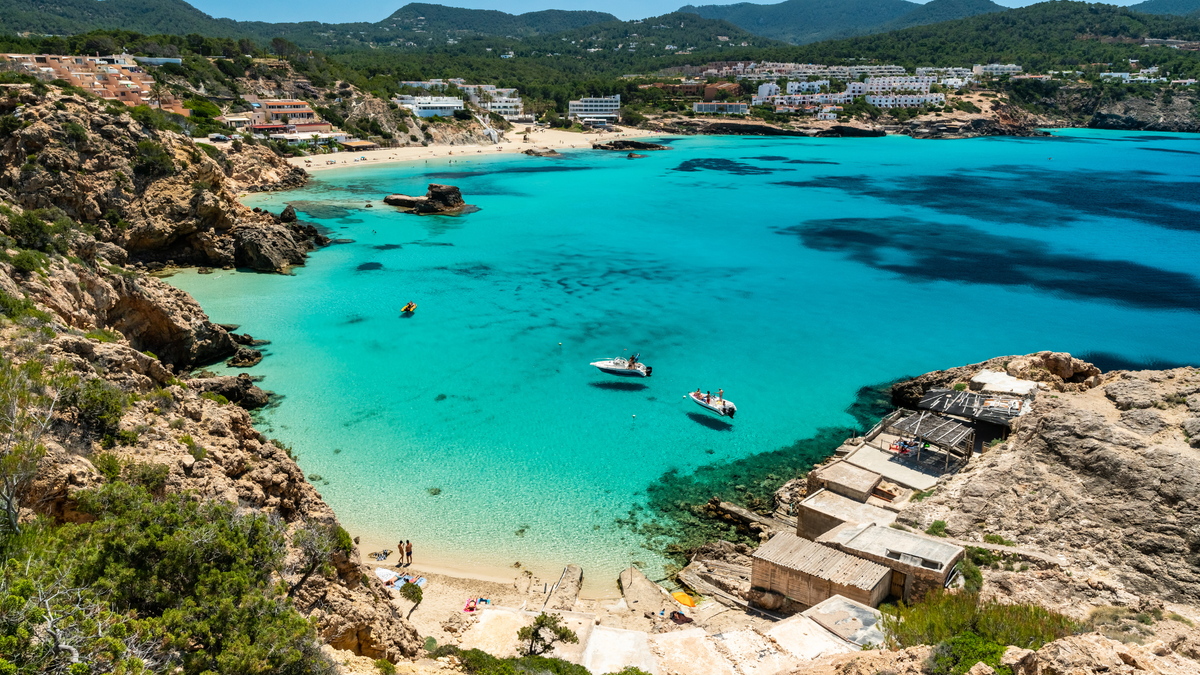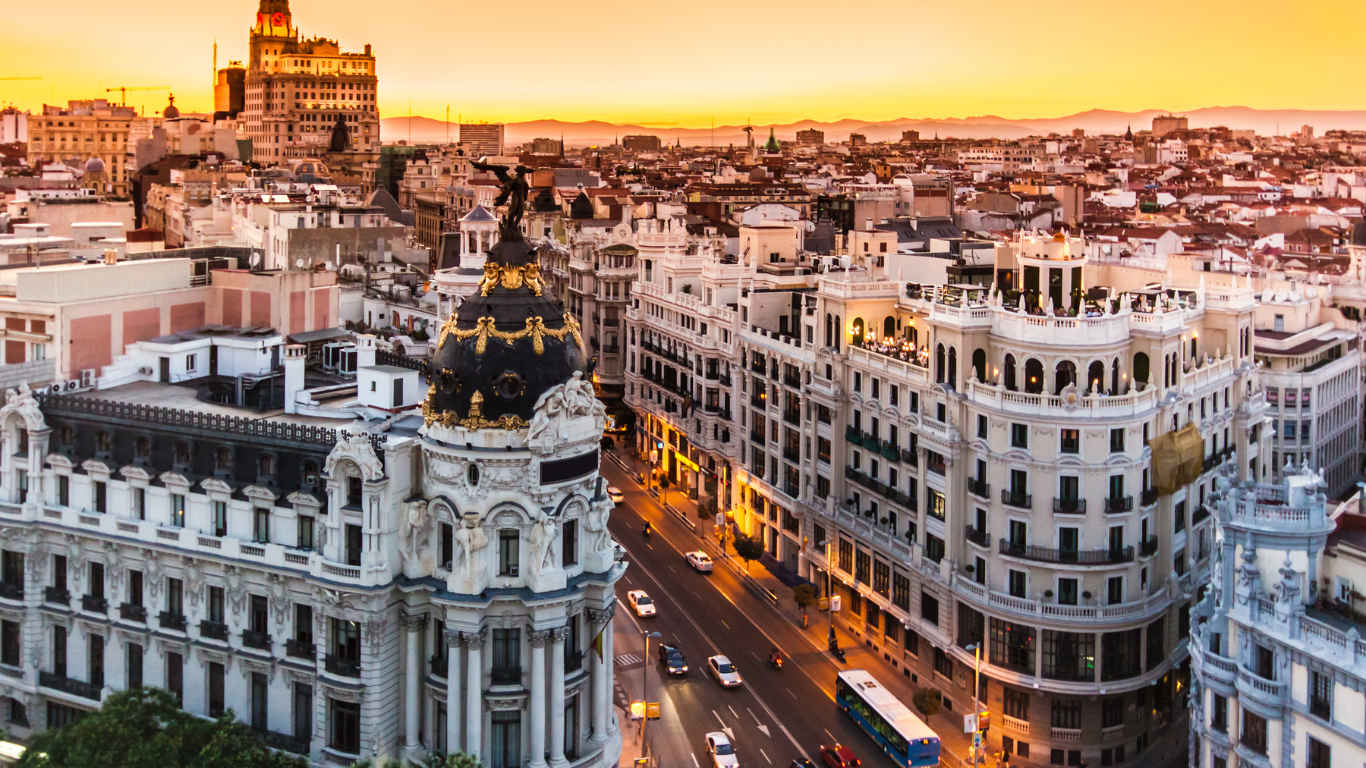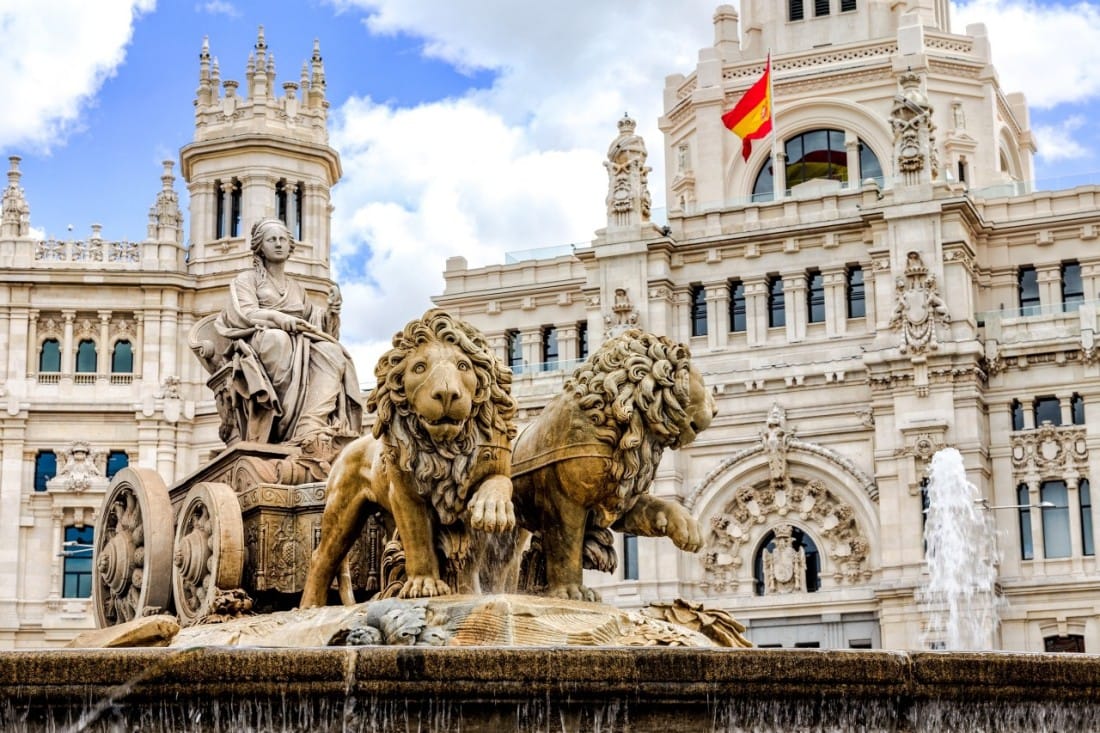Cheapest and Most Expensive Times To Visit Spain
Wondering when it’s cheapest to visit Spain? This guide breaks down the most affordable — and most expensive — times to plan your trip.

Most Expensive Time to Visit Spain
The most expensive time to visit Spain is during its peak summer months and around major festivals, when both domestic and international tourism drive up demand for flights, hotels, and attractions.
- Summer (June to August)
This is the busiest and most expensive time to visit Spain. Beaches, islands, and cities like Barcelona, Ibiza, and Costa del Sol are at full capacity. Hotels and flights rise 30–50% compared to off-season. - Semana Santa (March/April)
Spain’s Easter Holy Week brings massive parades in Seville, Málaga, and Granada. Hotels near parade routes sell out fast at premium prices. - Las Fallas (March – Valencia)
Valencia’s world-famous festival of fireworks and sculptures fills the city with visitors, sending hotel and flight prices soaring. - San Fermín (July – Pamplona)
The Running of the Bulls festival doubles or triples local accommodation prices. Many book a year in advance. - La Tomatina (Late August – Buñol)
The famous tomato fight festival adds demand during an already expensive summer. Hotels in Buñol and Valencia raise rates. - Christmas & New Year (Mid-December to Early January)
Madrid, Barcelona, and Seville light up with festive events, causing spikes in hotel and flight prices.
Not A Member? ✈️
Get real-time alerts when flights to Spain drop in price—or even better, possibly an airline mistake fare.
Cheapest Time to Visit Spain
The cheapest time to visit Spain is during its winter, late autumn, and spring shoulder months, when demand falls and travel costs drop significantly. These off-peak times mean cheaper flights, better hotel deals, and fewer crowds at top attractions.
- Winter (January to February)
After the holiday season, flights and hotels are at their lowest of the year. Cities are quieter and southern Spain has mild weather. - Late Autumn (November to Early December)
Before Christmas, Spain’s tourism slows, offering discounted hotels and smaller crowds at major attractions. - Shoulder Seasons (March–May & September–October, outside major festivals)
These months strike a balance of good weather and moderate pricing, especially if avoiding Semana Santa and San Fermín.
| Time Period | Cost | Summary |
|---|---|---|
| June – August | 💲💲💲 Highest | Peak summer, beaches & islands crowded, hotels + flights surge |
| Semana Santa (March/April) | 💲💲💲 Very High | Major Easter parades in Seville, Málaga, and Granada |
| Las Fallas (March – Valencia) | 💲💲💲 Very High | Famous festival, hotels and flights sell out early |
| San Fermín (July – Pamplona) | 💲💲💲 Very High | Running of the Bulls, local prices double or triple |
| La Tomatina (Late August) | 💲💲💲 Very High | Tomato festival + peak summer overlap raises demand |
| Mid-Dec – Early Jan | 💲💲💲 High | Christmas & New Year celebrations, festive markets |
| Jan – Feb | 💲 Lowest | Winter off-season, cheapest hotels and airfare |
| Nov – Early Dec | 💲 Low | Pre-holiday quiet period, discounted stays |
| Mar–May & Sept–Oct (non-festival) | 💲 Low–Moderate | Shoulder seasons, good weather, fewer crowds |
Discover More About Spain
Other Popular Post






